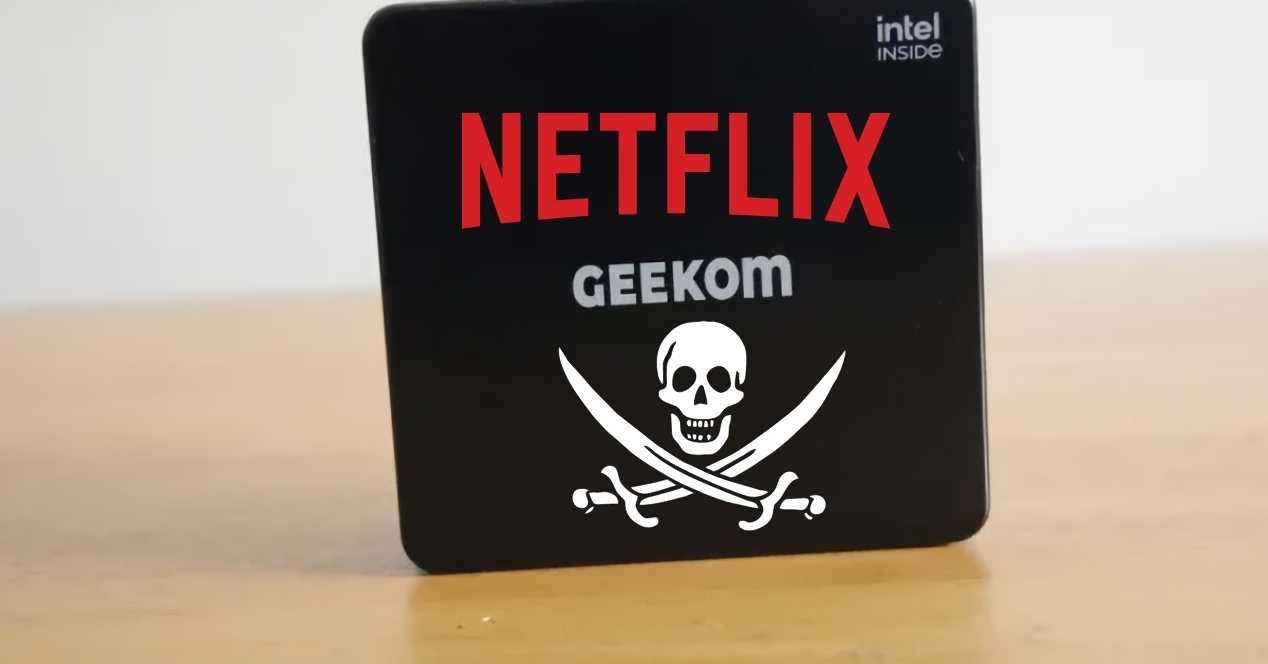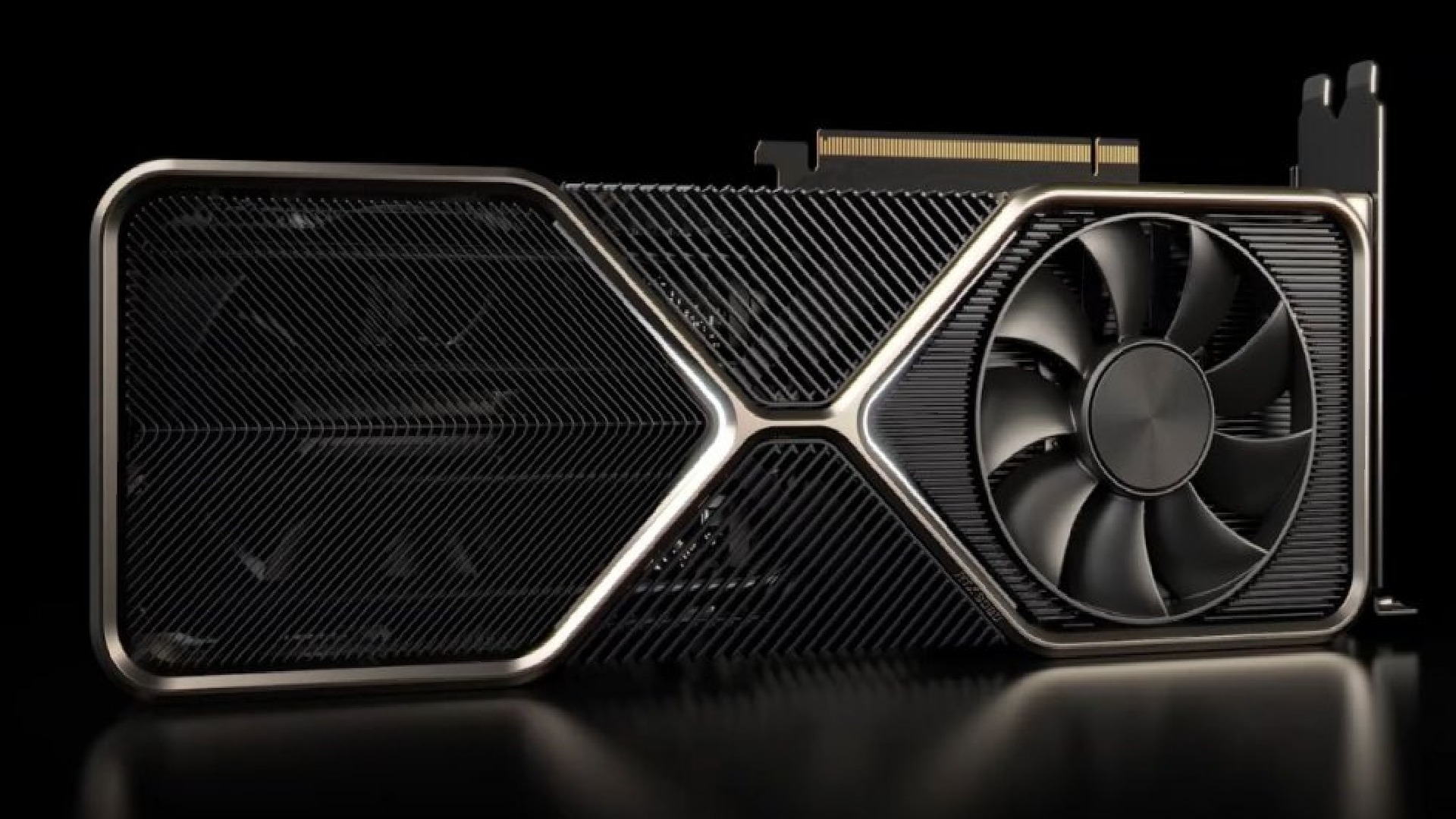Today we have moved from the era of screen sharing in the living room to each of us having our own personal screen. If you have a good collection of films, series, documentaries and others accumulated over the years. What could be better than sharing them with who you love the most and who to share your life with?
Why choose a Mini PC for our Home Netflix?
The safest thing is that you wonder if it is worth buying a complete computer to dedicate it to this task, obviously if we are talking about a gaming computer of several thousand dollars and with high-end components. range, as if the idea does not work. But if you take into account all the monthly subscriptions to pay for several years of the duration of one of these services, then using a MiniPC for a Netflix Home is not such a bad idea. Obviously, we’re not going to tell you where to find the content, that’s up to you.
Plex Media Server as a base
In any case, what we are not looking for is not a multimedia center to play movies, but also a device capable of streaming this content to the rest of the house and even if it can be done online. This process is called transcoding and to ensure that the remote viewer receives the content without latency of any kind, what is done is to convert the video that the other user wants to view remotely from another screen in time real. Obviously, for this we will need powerful hardware to take care of it, but also the right software and the best option for this is Plex Media Server.
Which will not only allow us to browse our catalog of titles as if it were the interface of Netflix, HBO, Disney+ and others, but it is also cross-platform in the sense that you will be able to access content from anywhere. any other home device that has the corresponding app, also directly. Of course, the more systems you have connected, the more powerful the MiniPC processor will be. In any case, we focused on providing home services, mainly because of the legal consequences of broadcasting without permission.
transcoding
When it comes to playing video from the MiniPC itself connected to a screen, there is no secret, the hardware has a video codec that will allow you to play content in H. 264 or HEVC without CPU intervention. It is when we have to play video on other devices that we have to look for the processor to have some power. Which is marked as follows to transcode to Full HD.
| Original resolution | Format | Debit | Mean | Time to film the series |
|---|---|---|---|---|
| 4K HDR | HEVC | 50 Mbps | 17000 | 22.5 GB |
| DTS-4K | HEVC | 40 Mbps | 12000 | 18 GB |
| Full-HD | H.264 | 10 Mbps | 2000 | 4.5 GB |
Obviously not all of our content will be 4K HDR or SDRFor example, you can have series in Full HD format that you want to broadcast, but in this case it is better to opt for the best possible CPU in a MiniPC without it taking off in terms of price. We must start from the fact that thanks to transcoding we forget to have several versions of the same content stored in different resolutions and formats. Remember that our goal is to be able to transmit all of our content over the network to other devices.
Which MiniPC to buy to be able to have our home Netflix?
Since we don’t know which TV you have at home, we decided to go for those with a processor that scores 17,000 points in the Passmark benchmark, mainly due to the fact that we don’t know if you have a 4K TV. with HDR and it is better that we have excess power than not lack However, not all of us have a TV with these characteristics at home, so we have decided to go for three different models.
For 4K HDR or SDR TV users
In this case, you have to go for 8-core configurations, which is why MiniPCs with a Core i7 or a Ryzen 7 of the most recent generations have been thought of over time. Concretely, our choice fell on a model of MinisForum with an AMD Ryzen 7 4800U CPUwhich scores 17,000 points in Passmark and also comes with 32 GB of RAM and 512 GB of expandable SSD. This, combined with its connectivity options, makes it ideal for mounting your home Netflix with your 4K HDR TV.
If your TV, on the other hand, is Full HD
If your television is Full HD, then you will need to convert all content from higher resolutions to Full HD before sending it to the storage unit. However, the loss in image quality is doubly compensated by the fact that it only requires 2,000 Passmark performance points and requires very little power to read and transcode at the same time.
For us, the best option in this case is the Geekom MiniPC with an i3-8109U, 8 GB of RAM and a 256 GB SSD. Your CPU has plenty of power for what we want to do with it. You will therefore not be limited in this aspect, but yes, only if you have a Full HD television where you will connect this MiniPC for your home Netflix.
Table of Contents









